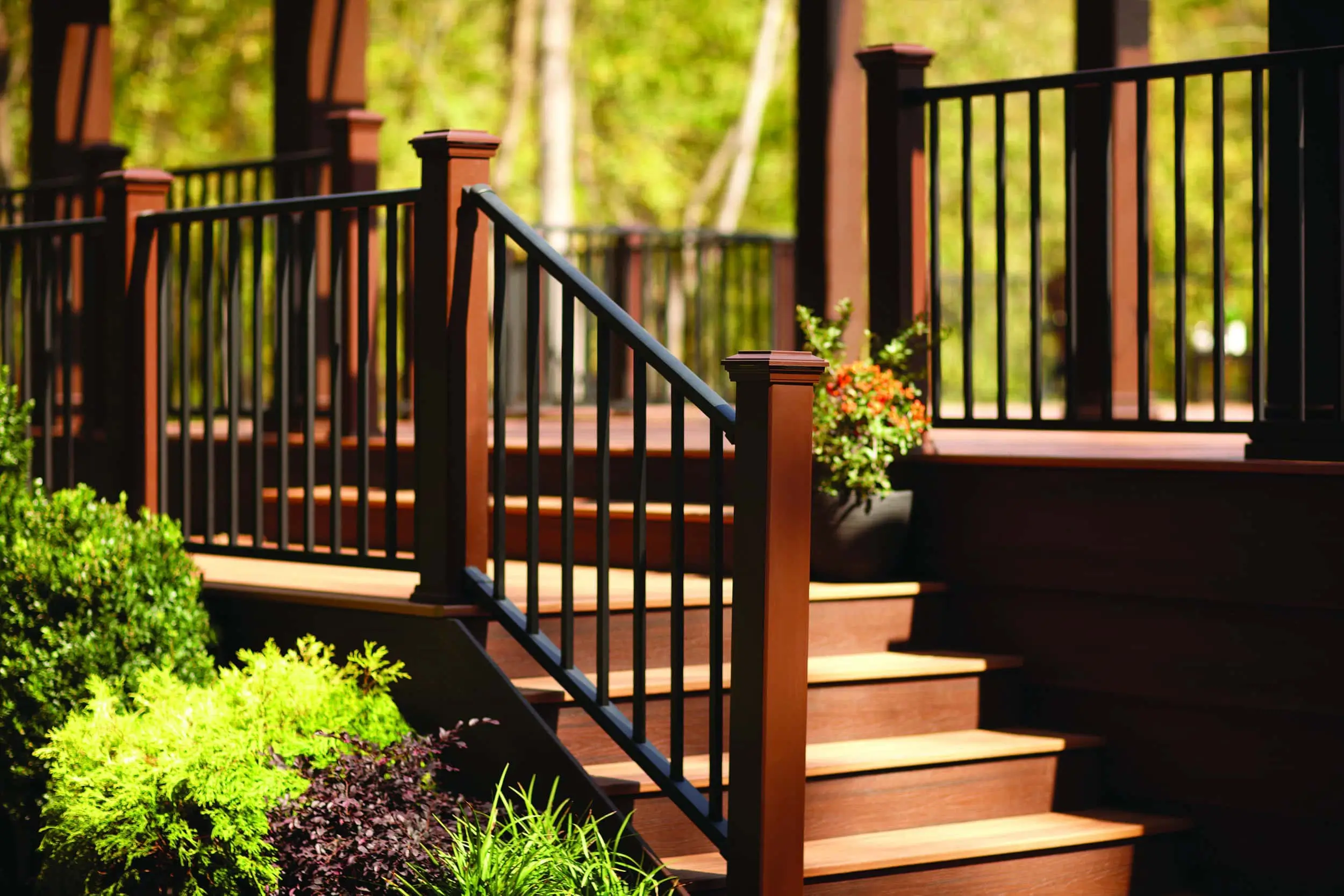
Outdoor Living
We unite suppliers and green industry professionals worldwide
Acoma Crape Myrtle is a compact, multi-stemmed beauty that delivers spectacular summer flowers and beautiful peeling bark, perfect for small spaces and big impressions! It is famous for having white flowers and smooth, attractive bark.
By Mariam Scott
|Published on July 06, 2025
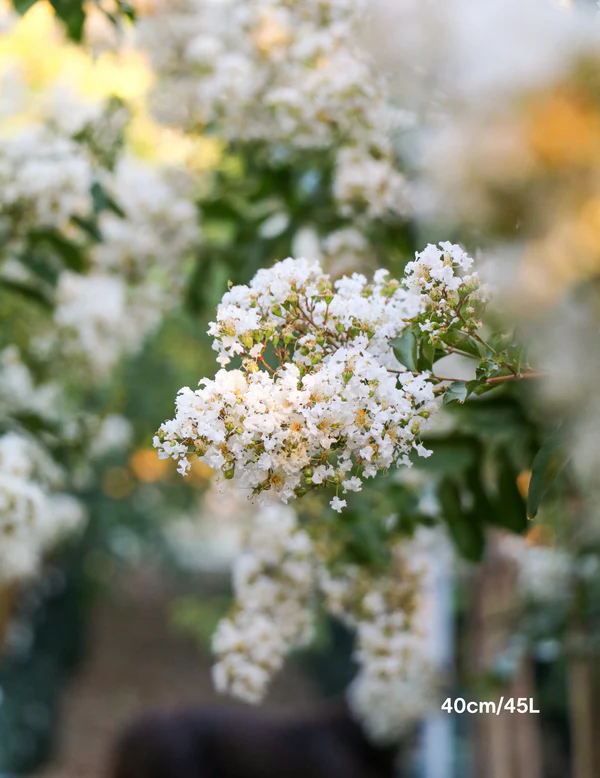

Want a stunning, low-maintenance tree that lights up your garden with white blooms and year-round bark interest?
Meet the Acoma Crape Myrtle — the compact, multi-stemmed beauty that delivers spectacular summer flowers and beautiful peeling bark, perfect for small spaces and big impressions! It is famous for having white flowers and smooth, attractive bark. A popular consideration shrub for crape myrtle gardens, the Acoma cultivar of Crape Myrtle is ideal for smaller gardens because of its compact size, smaller landscapes, or as a decorative focal point. The vibrant summer blooms add charm to any garden as they unveil. The bark is smooth and has small flakes that peel off showing cinnamon and tan thus providing year round interest.
They are known for their spectacular flowering. This tree, in particular, is best for people looking for a small, low-maintenance tree that remains visually appealing year-round. Its dazzling appearance and ability to thrive in diverse conditions makes it a preferred choice for both gardeners and homeowners.
| Common Name | Acoma Crape Myrtle |
| Botanical Name | Lagerstroemia indica ‘Acoma’ |
| Type | Deciduous dwarf tree/shrub |
| Height | 6 to 10 feet |
| Light Requirements | Full sun (minimum 6 hours daily) |
| Soil Requirements | Well-draining, slightly acidic to neutral (pH 5.0–6.5) |
| Watering Requirements | Low to moderate; drought tolerant once established |
| Hardiness Zones | 7–9 (USDA) |
| Bloom Time | Mid-summer to early fall (white flowers) |

September 05, 2025
9 minute read
September 05, 2025
19 minute read
September 05, 2025
19 minute read
September 04, 2025
24 minute read


Join as a seller and connect with thousands of B2B buyers nationwide!
Sign Up
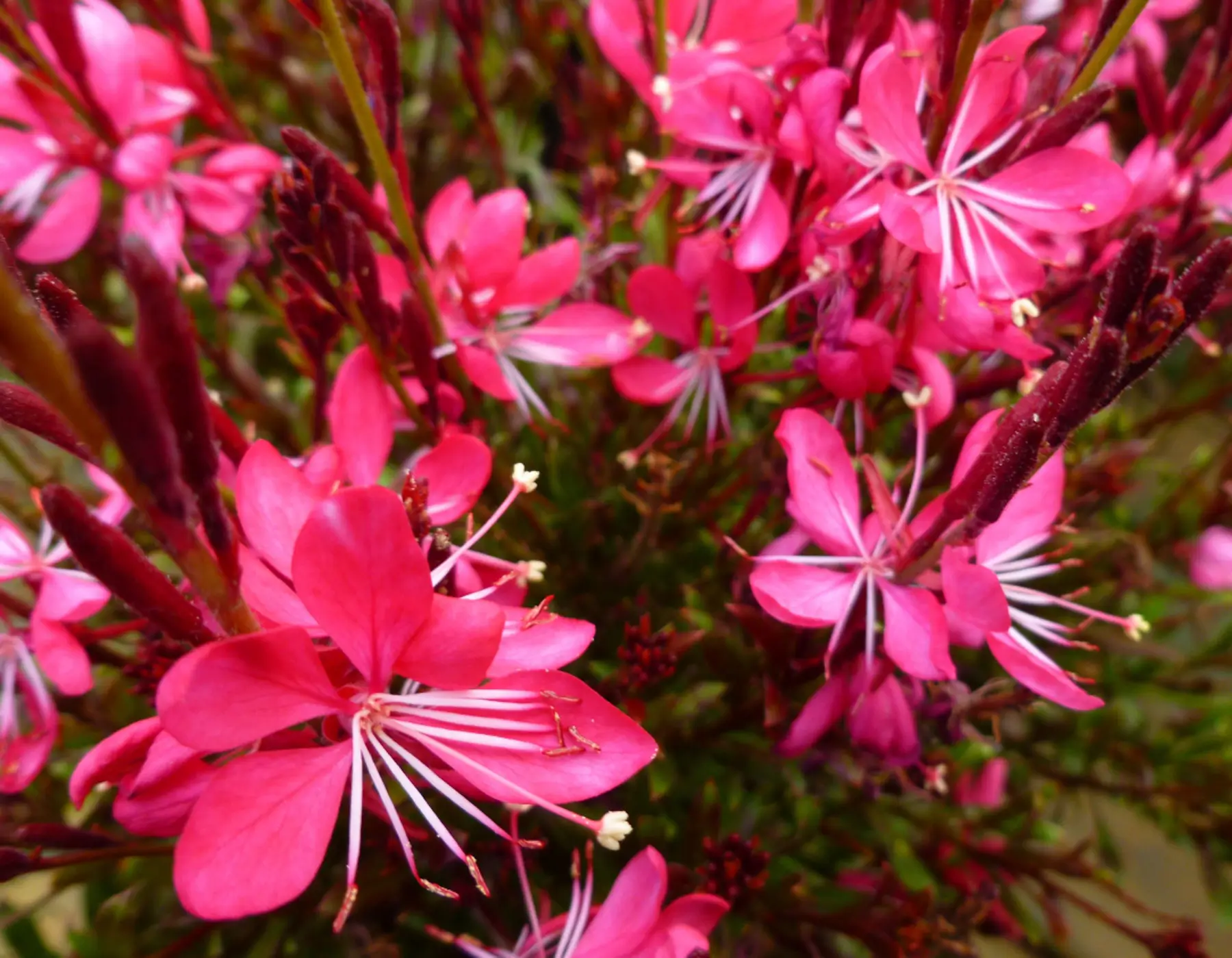
Wandflower
A Soft Bloomer That Dances in the Breeze
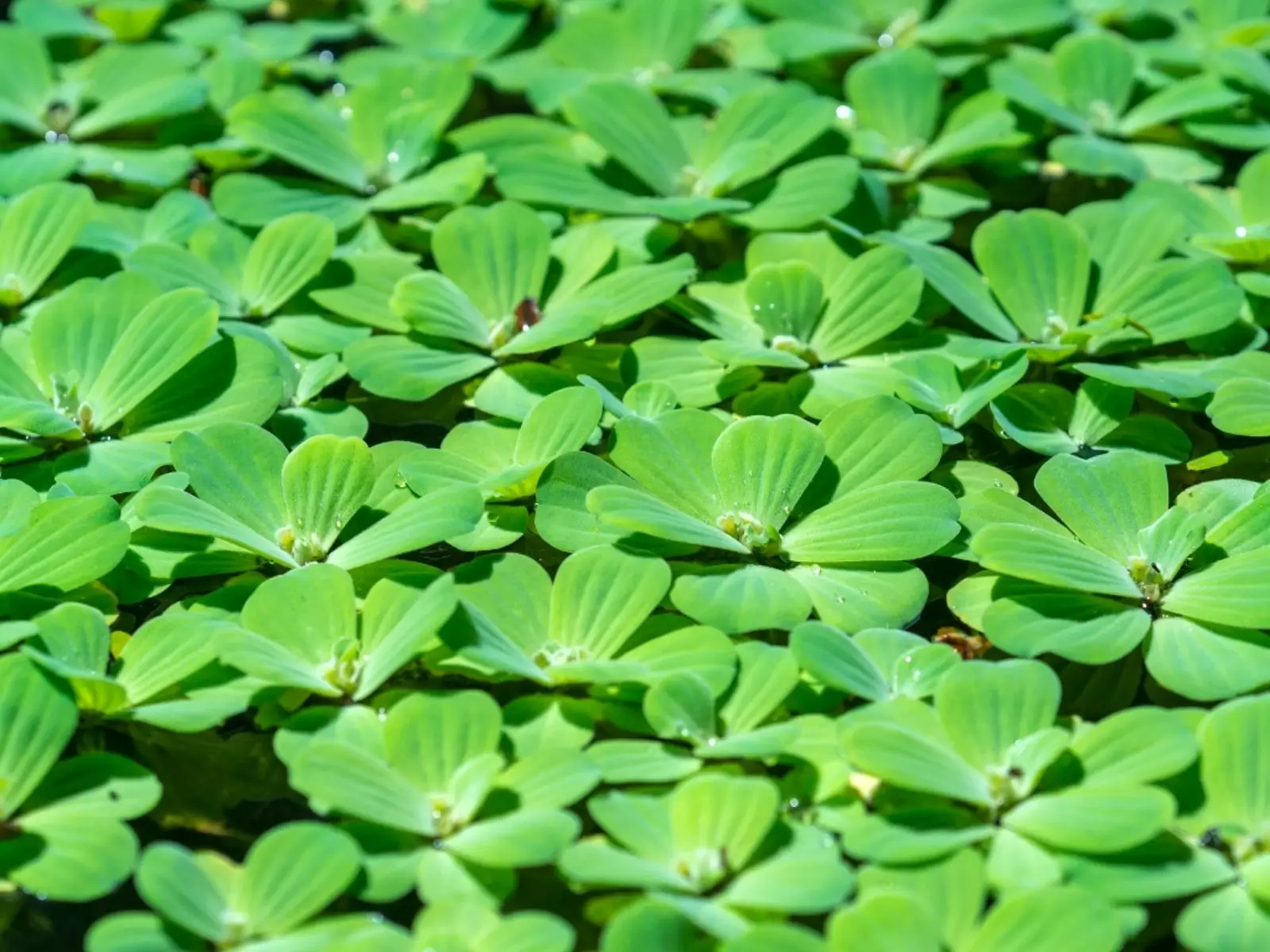
Water Lettuce
A Floating Beauty With a Leafy Name and Lush History

Quick Fire Hydrangea
Quick Fire Hydrangea is an early blooming, fiery-toned shrub that brings drama and color to the garden long before most hydrangeas even think about flowering. It comes into bloom as early as late spring, and sets landscapes aglow with frothy white flowers
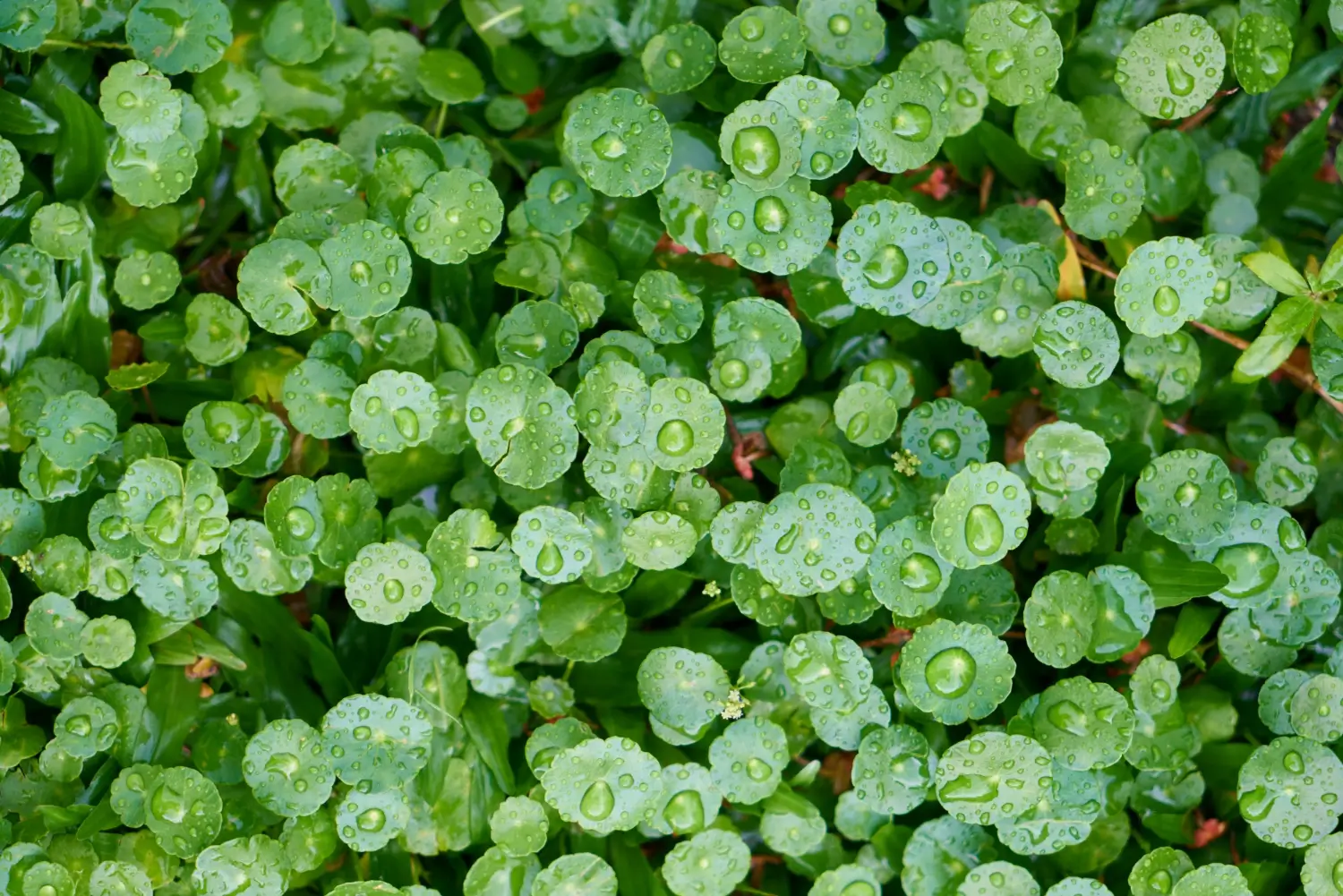
Watercress
A pepper green that’s as spicy as it is fresh
Acoma Crape Myrtle is known for being a tough, low-maintenance shrub that thrives in a variety of garden settings. For best growth, plant it in full sun where it can receive at least six hours of direct sunlight daily. The tree adapts well to different soil types as long as drainage is good, helping prevent root rot and other moisture-related problems.
Once established, it becomes quite drought tolerant but benefits from consistent watering during prolonged dry spells to maintain healthy foliage and abundant blooms. Regular pruning in late winter or early spring encourages a compact, bushy shape and maximizes flower production for the next season. Whether grown in garden beds or containers, the Acoma Crape Myrtle offers a rewarding blend of beauty and ease of care, making it ideal for both beginner and experienced gardeners alike.
As Acoma Crape Myrtle enjoys full sun, this variety requires a minimum of six hours of direct sunlight a day. Optimal flowering and health of the plant is influenced by the amount of sunshine received, so it is also recommended to choose a sunny spot for planting.
A pH range from 5.0 to 6.5 indicates that this tree prefers slightly acidic to neutral, well-draining soil. While this species can tolerate many types of soil, well-drained soil is critical to prevent rot, especially in heavy clay soils.
This tree requires low to moderate irrigation. During dry spells, deep watering is recommended, but avoid overly saturating. Once established, the tree is relatively drought tolerant; however, consistent watering during the growing season enhances blooms and development.
In order to maintain shape and increase blooms, pruning is essential. Pruning is most effective in late winter to early spring before new growth, or immediately after blooming ends.
Remove dead or damaged wood and thin congested limbs to allow for freer airflow. This promotes the production of bright, healthy flowers and helps prevent fungal issues. Frequent trimming improves flower production the following season and helps maintain a compact, bushy form.
With regard to caring for Acoma Crape Myrtle, the most commonly used form of growing new trees is through cuttings.
Acoma Crape Myrtle can be planted in pots so it easily benefits smaller areas like patios. A planter with ample drainage holes and at least 18 inch diameter can allow the roots to develop properly.
While Acoma Crape Myrtle is hardy and sustains well in USDA zones 7-9, some parts do require winter protection. In colder areas like zone 7 and 8, mulch the tree’s base in colder zones before the onset of frost to protect the roots. The trunk can also be protected from cold winds with a covering such as burlap.
In mild regions like zone 9, Acoma Crape Myrtle will survive without special care during winter but the soil needs to be well drained, and the shrub shouldn’t have problems with standing water in the wet months.
This plant bursts into bloom with showy white flowers in mid-summer and lasting until early October. During this period Acoma Crape Myrtle will ensure blooming beauty and sculptural form to any garden. To promote flowers, the tree should be planted in well drained soil and should have sufficient sunlight as well. Further deadheading can aid in additional blooming. The flowers are also great at attracting pollinators such as bees and butterflies which provide extra life to your garden.
An Acoma Crape Myrtle is relatively trouble-free, but there are common issues you need to know about.
With its graceful, moving blossoms and remarkably beautiful, peeling bark, the Acoma Crape Myrtle adds year-round charm and elegance to any landscape. Its compact size and low-maintenance nature make it an excellent choice for smaller gardens, patios, or as a striking focal point.
By following the care tips outlined—such as proper sunlight, watering, pruning, and winter protection—you can ensure that this stunning little tree thrives and blooms profusely year after year. Whether you’re a seasoned gardener or a beginner, the Acoma Crape Myrtle offers a reliable and attractive addition to your outdoor space that will continue to impress season after season.
Yes, Acoma Crape Myrtle will do quite well in pots, provided there are adequate drainage holes and access to sunlight.
Start pruning after flowering has finished or late winter, or the early period of spring, which is the pre-active growth phase.
To achieve fuller blooms, remember to plant your Acoma in a sunny spot with well-draining soil. Pruning after the blooms fill out is another effective method.

Outdoor Living
Victor Miller
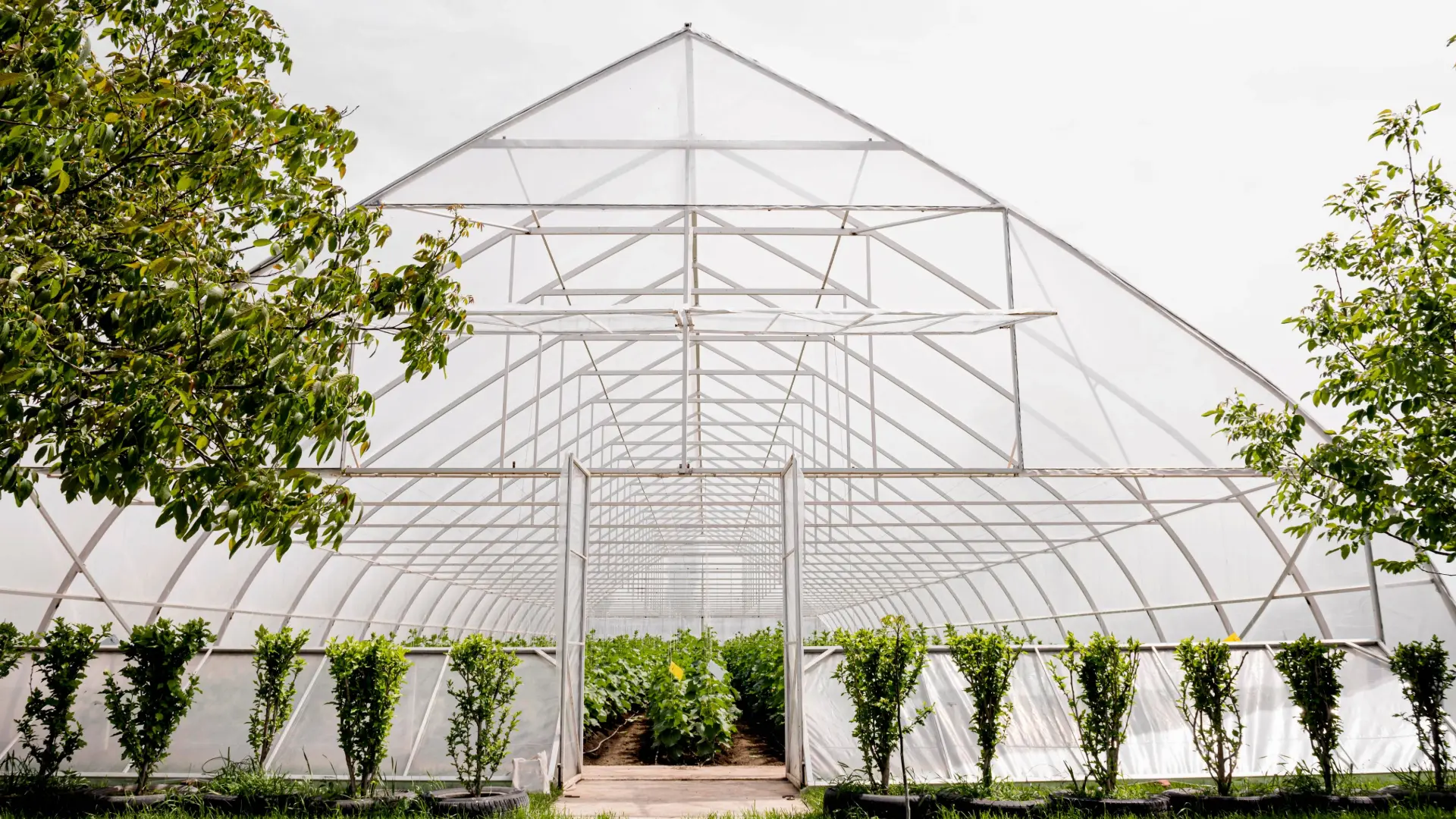
Greenhouse Growing
Gina Lazaarus

Agricultural Policy & Innovation
Gina Lazaarus

Software & Robotics
Gina Lazaarus
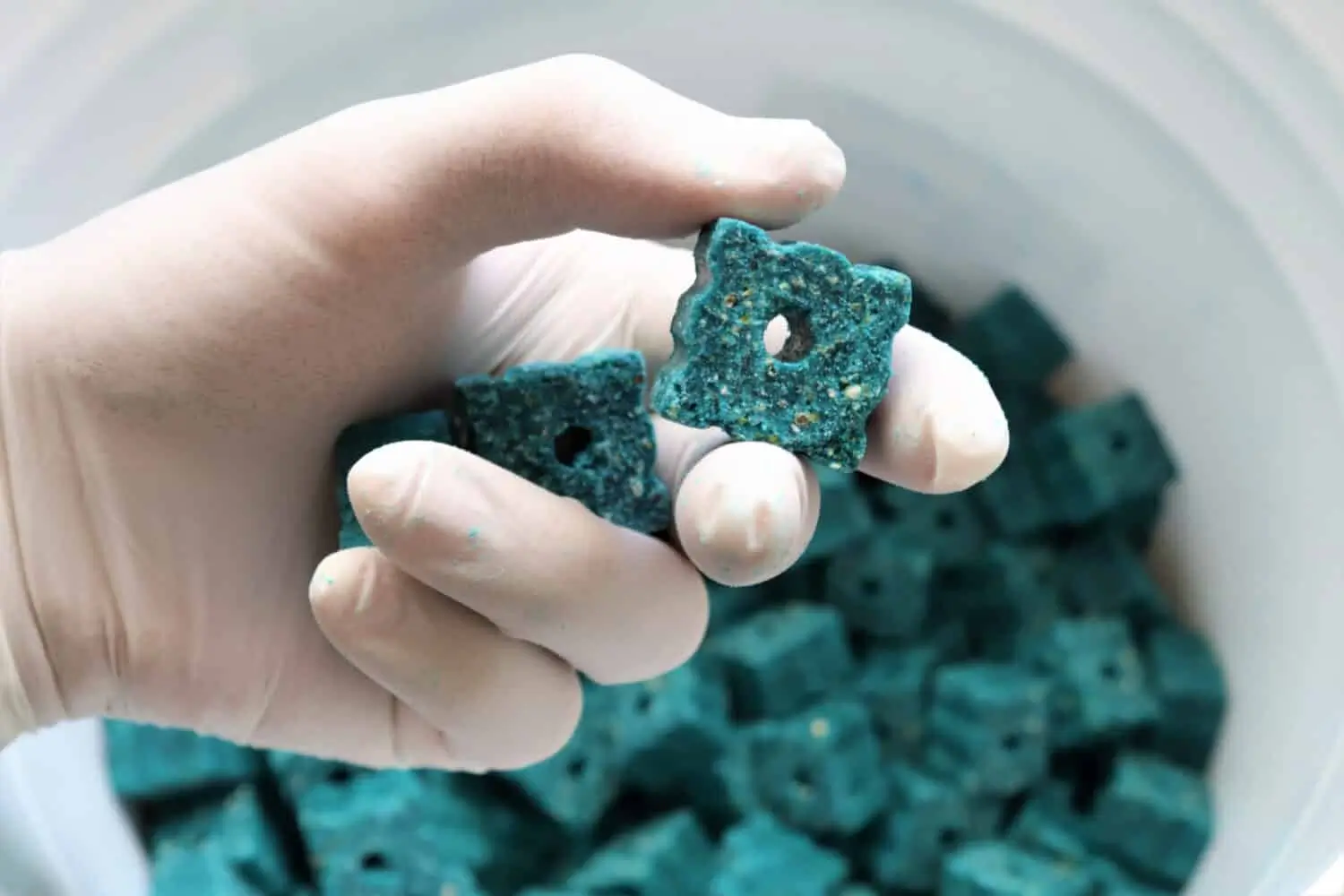
Organic & Natural Pest Solutions
Victor Miller
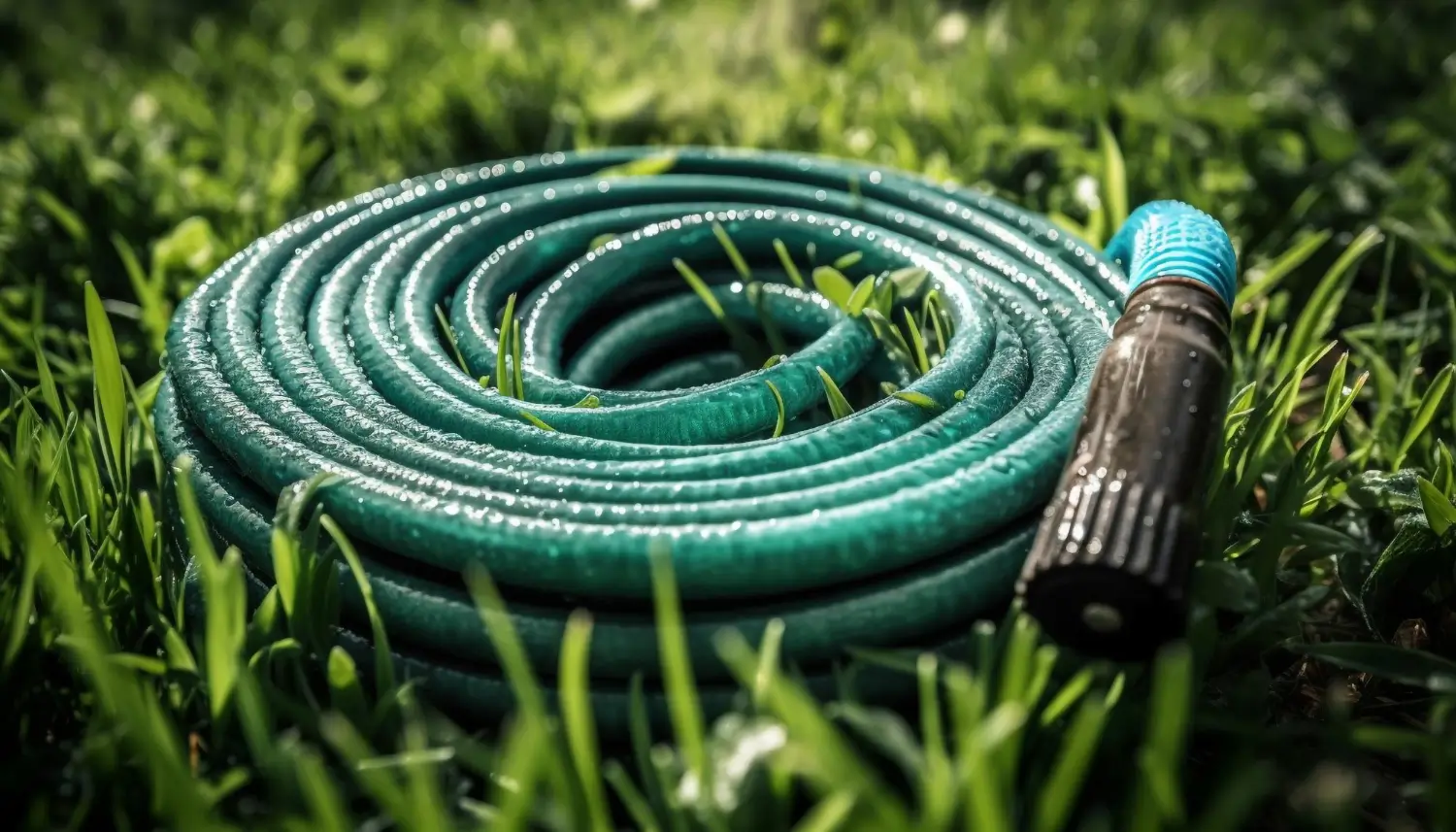
Irrigation System Design & Tips
Victor Miller
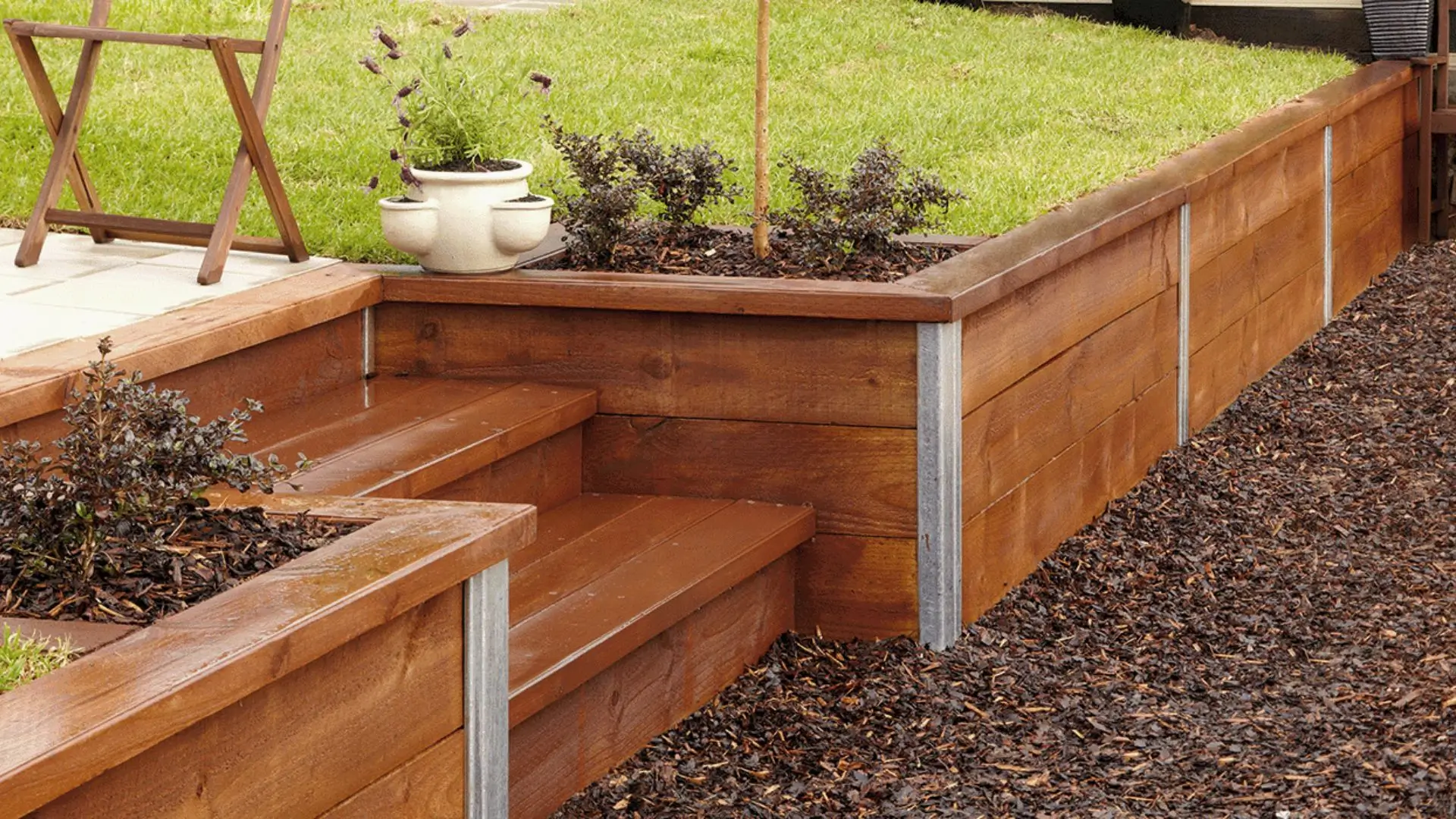
Construction Tips & Techniques
Victor Miller
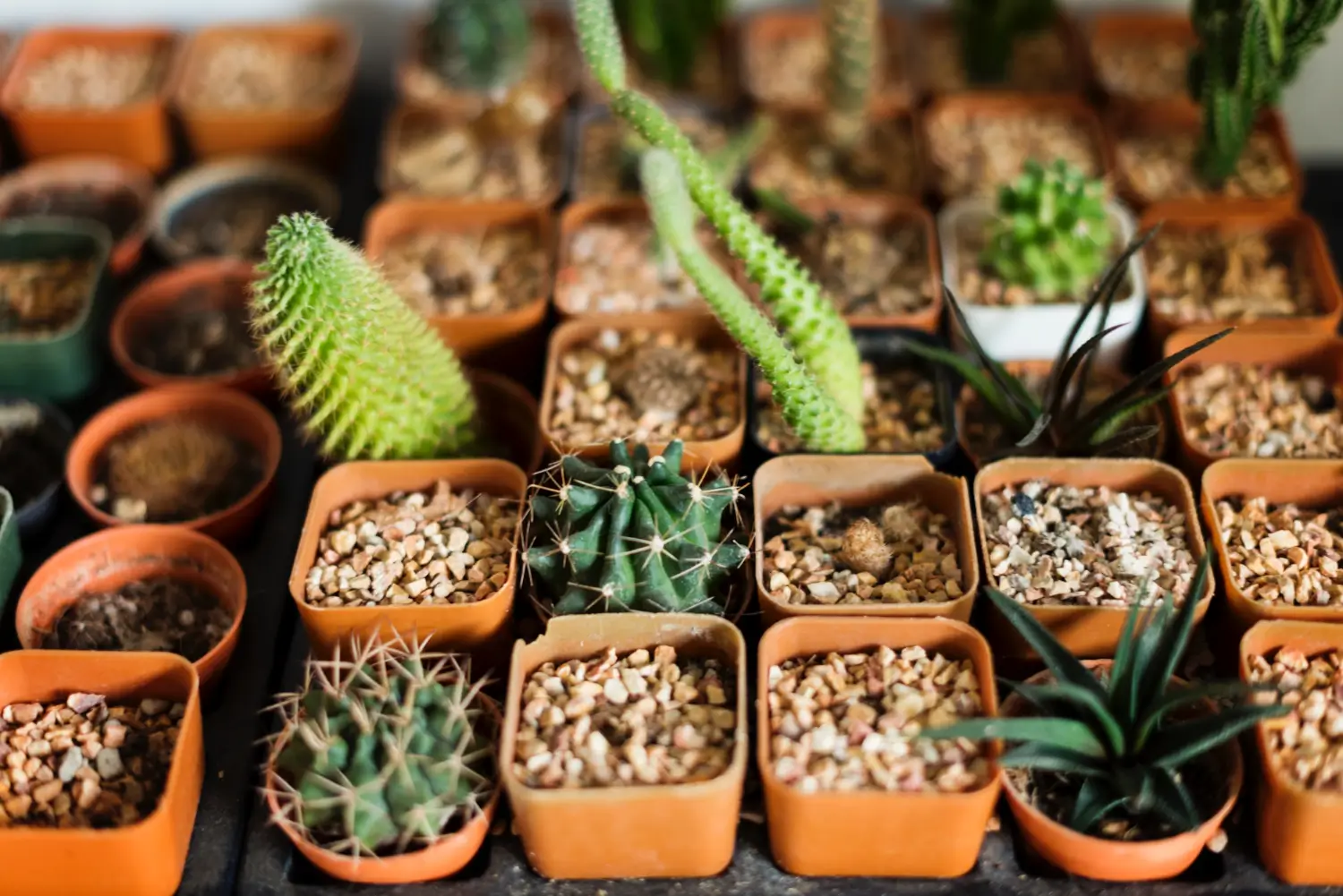
Lawn Care Tips & Maintenance
Victor Miller
My Account
Our team is always here to help.
We are open Monday - Friday, 9:00 AM to 4:30 PM PST.